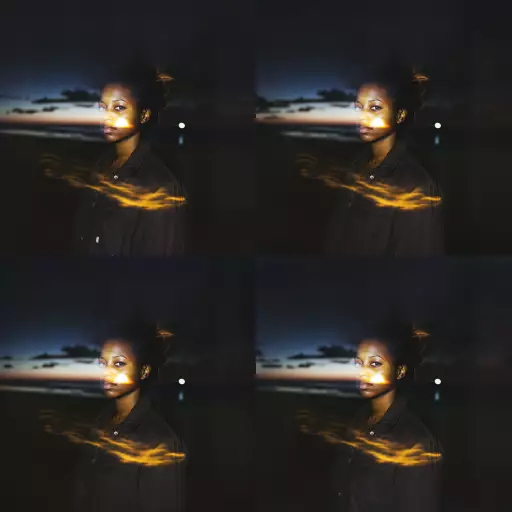Explore the Best AI Image Gallery

From Canvas to Code: How AI-Generated Visual Content is Transforming Creativity
The realm of visual creation is undergoing a seismic shift. Fueled by advancements in artificial intelligence (AI), machines are now capable of generating stunning images, videos, and other forms of visual content with remarkable fidelity and speed. This burgeoning field of AI-generated visual content is poised to revolutionize the creative industry, presenting both exciting opportunities and complex challenges.
A Spectrum of Applications
AI-powered tools are already finding applications across a wide spectrum of creative fields:
- Marketing & Advertising: AI can generate personalized visuals for targeted campaigns, creating eye-catching designs and animations that resonate with specific audiences.
- Content Creation: From illustrations to concept art, AI can assist artists in bringing their ideas to life, accelerating the creative process and pushing artistic boundaries.
- Entertainment & Gaming: Imagine worlds populated by unique characters and environments generated by AI. This technology has the potential to transform game development, storytelling, and cinematic experiences.
- Design & Architecture: AI can assist in generating innovative designs for buildings, products, and user interfaces, exploring novel concepts and optimizing functionality.
Unleashing the Potential
The potential of AI-generated visual content extends far beyond these examples. As algorithms become more sophisticated, we can anticipate:
- Democratization of Creativity: AI tools can empower individuals with limited artistic skills to create professional-quality visuals, fostering greater inclusivity and accessibility in the creative process.
- Personalized Experiences: Imagine generating artwork tailored to your specific tastes or creating virtual worlds that reflect your individual preferences. AI can unlock a new era of personalized creativity.
- Unprecedented Innovation: By automating repetitive tasks and enabling exploration of uncharted creative territories, AI can accelerate innovation and lead to breakthroughs in artistic expression.
Navigating Ethical Considerations
While the potential benefits are immense, its crucial to address the ethical implications of AI-generated visual content:
- Copyright & Ownership: Who owns the copyright to AI-generated artwork? Establishing clear legal frameworks is essential to protect the rights of creators and incentivize innovation.
- Bias & Representation: AI algorithms are trained on existing data, which can perpetuate societal biases. Ensuring fairness and diversity in training datasets is crucial to avoid reinforcing harmful stereotypes.
- Transparency & Accountability: Its important to understand how AI systems generate content and to hold creators accountable for the outputs. Transparency can build trust and enable responsible use of this technology.
The Road Ahead
The future of AI-generated visual content is brimming with possibilities:
- Enhanced Collaboration: Well see increasingly seamless collaboration between humans and AI, with artists leveraging AI as a powerful tool to enhance their creative vision.
- New Artistic Mediums: AI will undoubtedly give rise to entirely new forms of artistic expression, pushing the boundaries of what is considered art.
- Immersive Experiences: AI-generated visuals will play a pivotal role in creating immersive and interactive experiences, blurring the lines between the real and virtual worlds.
As we navigate this transformative landscape, its essential to embrace ethical considerations, foster collaboration, and ensure that AI empowers human creativity rather than replacing it. The future of visual content is a shared journey, one where humans and machines can collaborate to unlock new realms of artistic expression.